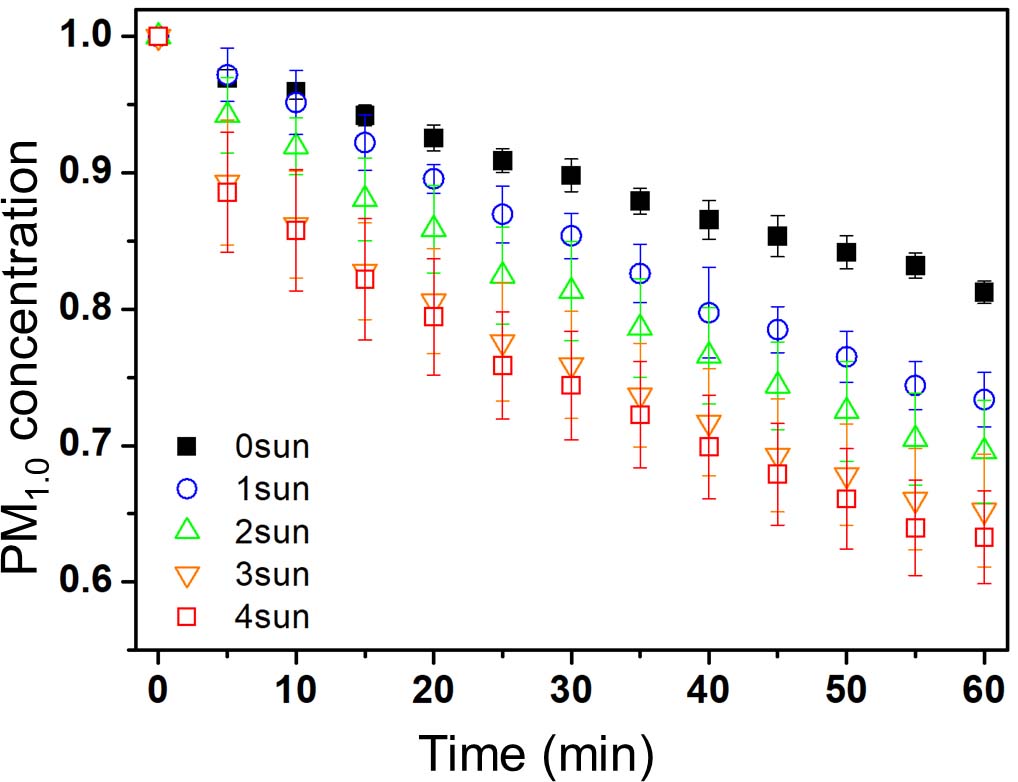Research Areas
Particulate matter removal and monitoring
Particulate matter (PM) removal using microdroplets
Efficient PM removal using water droplets with mechanical effect
PM capturing mechanisms

Collection efficiency of a single microdroplet (D=5μm)
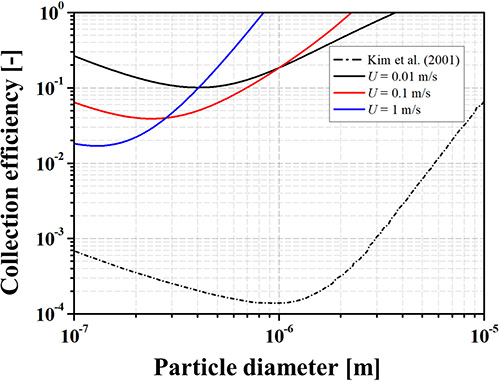
Particle Image Velocimetry
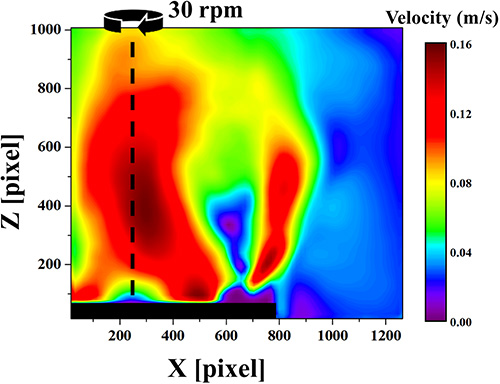
Temporal variation in PM concentration

Comparison of PM removal parameters and with previous studies


Advanced flow visualization
Digital stereo-holographic microscopy
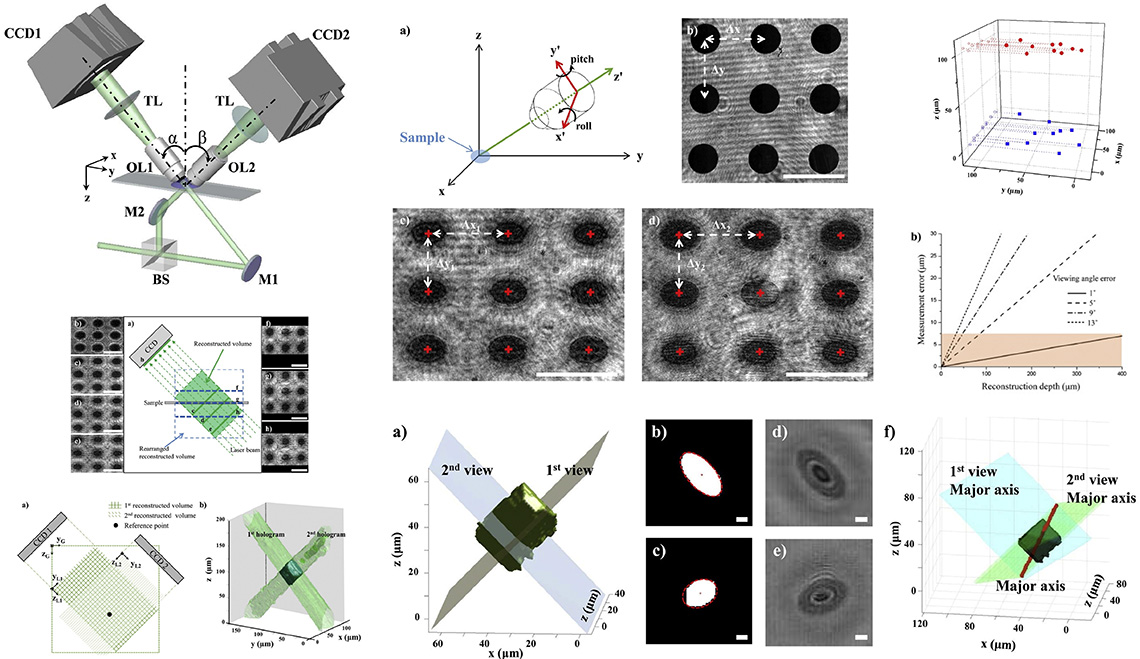
Biomimetic technologies developed for PM removal
PM removal technique inspired by air-purifying plant leaves
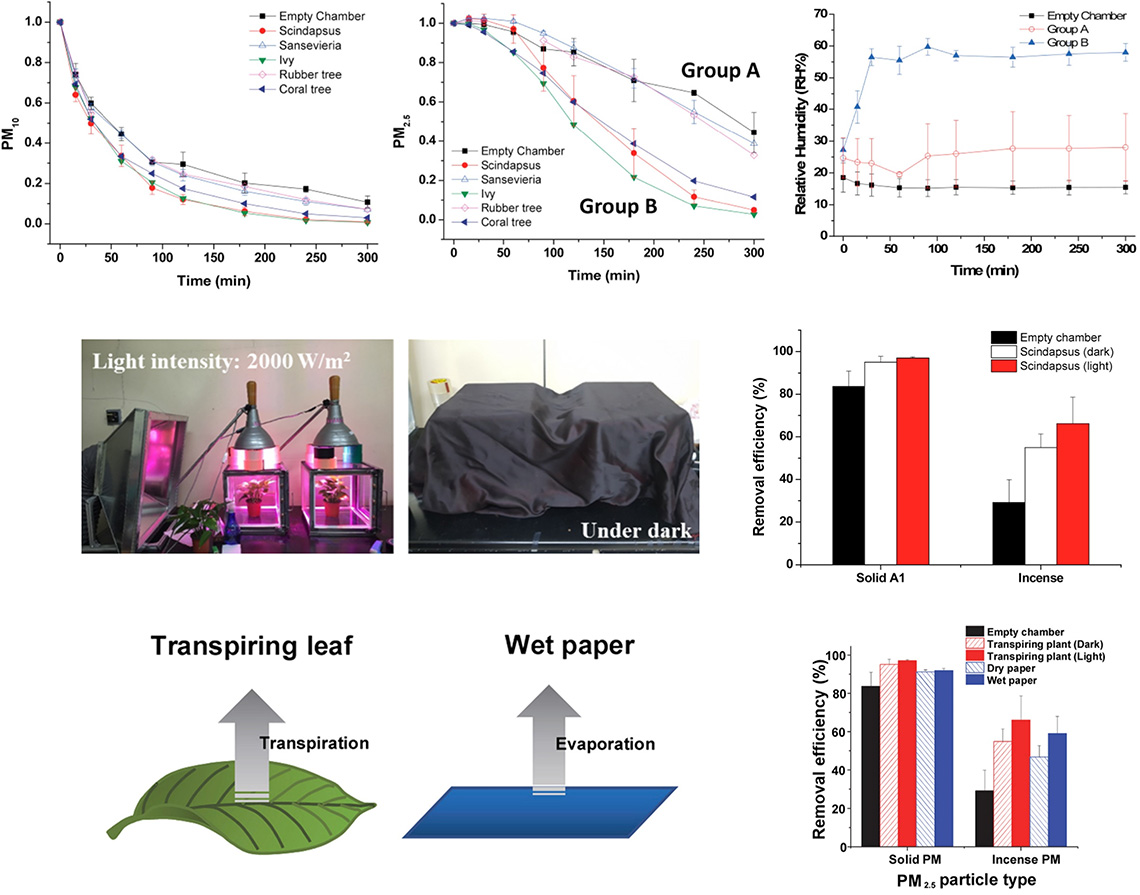
Effect of ventilation flow and humidity on PM removal
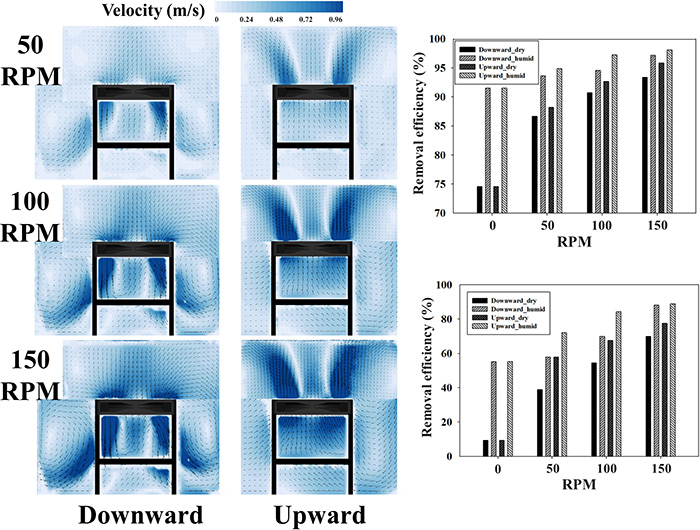
Effect of trichome structure of Tillandsia on PM removal

Nature-inspired removal of PM particles: Digital holographic microscopy (DHM) for monitoring PM dynamics
Hologram reconstruction and PM detection
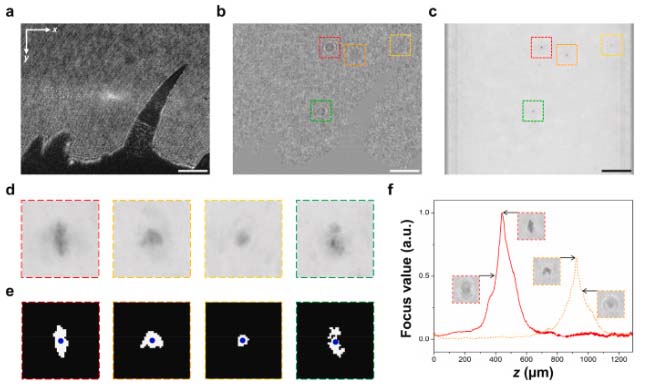
3D dynamic behaviors of PMs on leaves
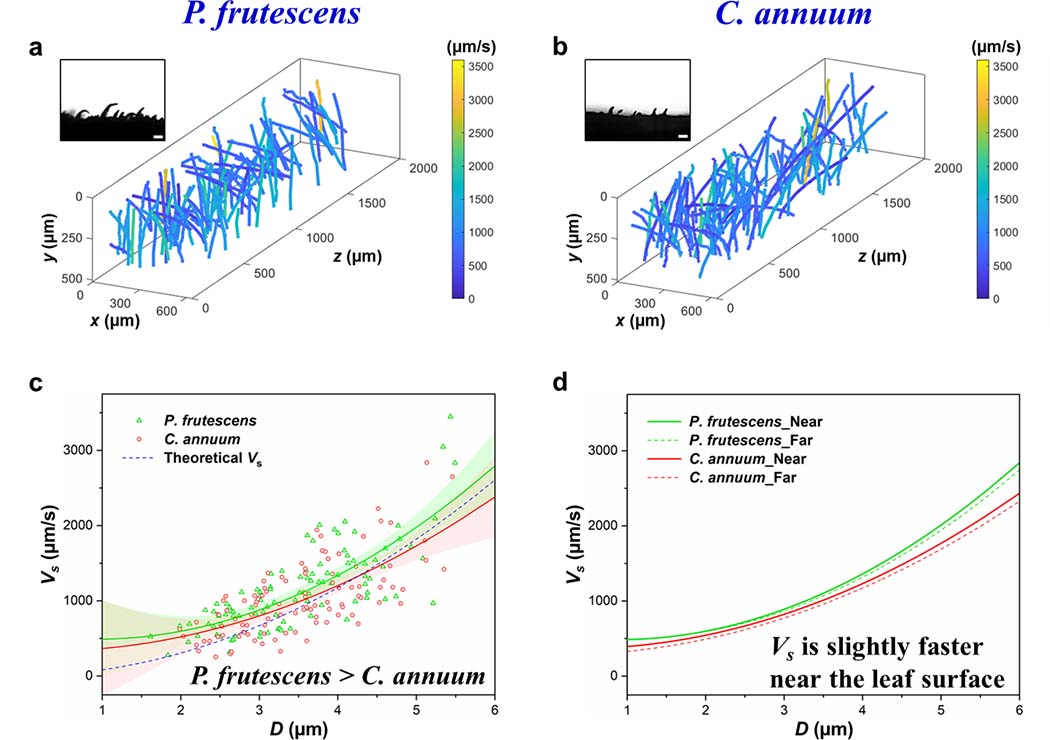
Accelerated velocity of PMs near trichomes
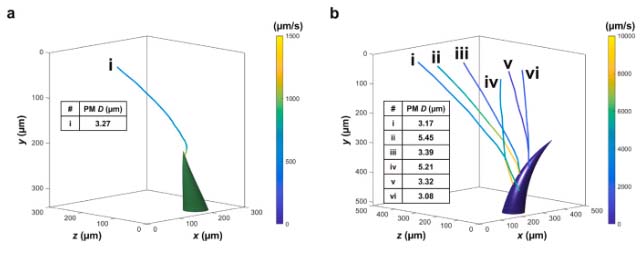
Electric charge of PM particles
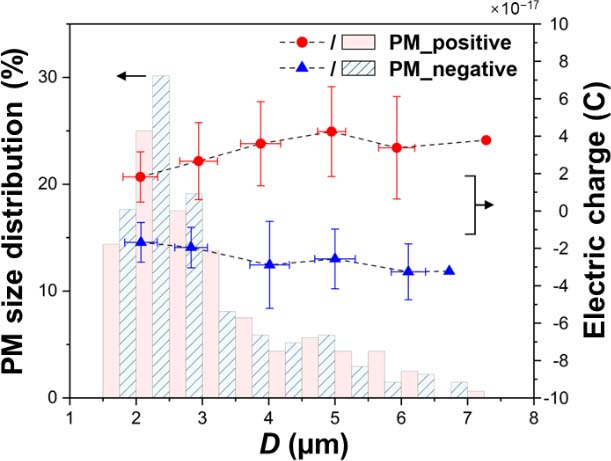
PM removal using microdroplets with electrical effect
Electrospraying for PM removal
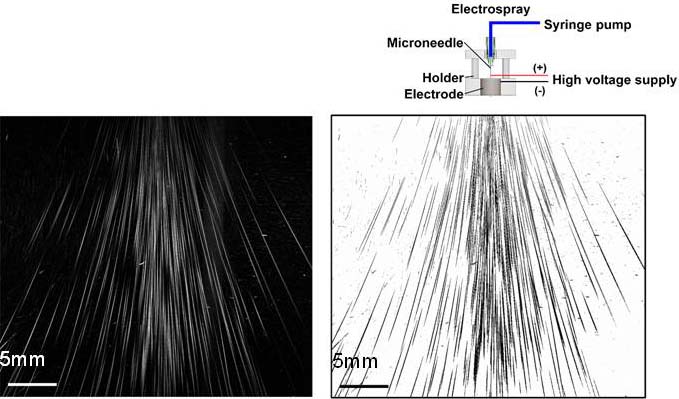
Electric charge measurement on smoke and droplets
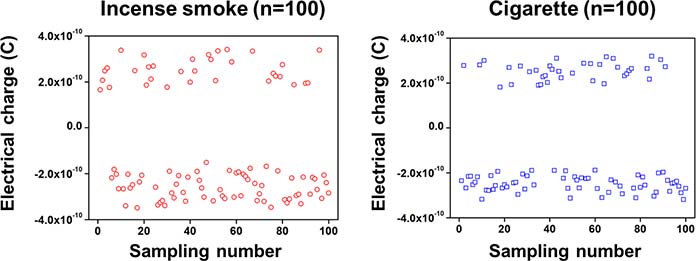
Variation in PM mass concentration according to applied voltage
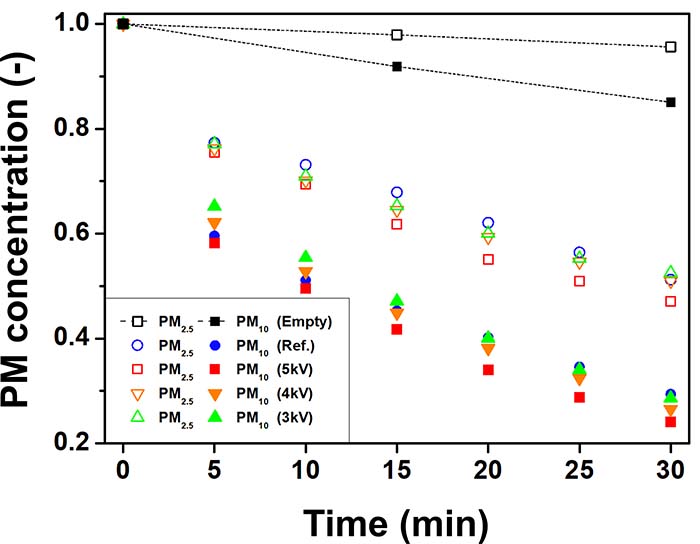
PM collection efficiency with diameters of particles and droplets
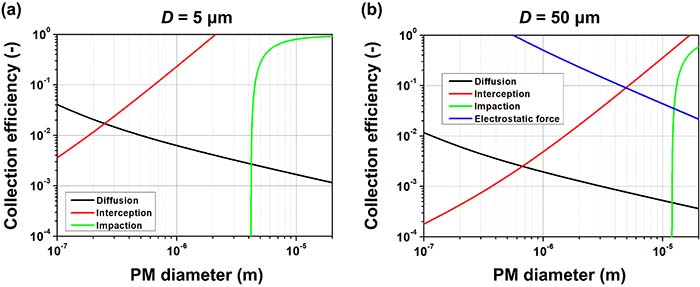
PM removal using photothermal evaporator
Schematic for PM removal based on photothermal evaporator
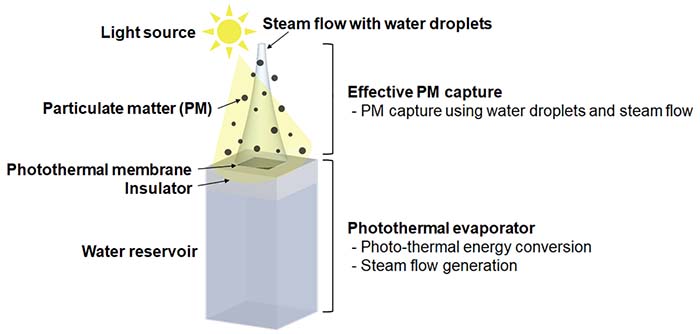
Photothermal evaporator
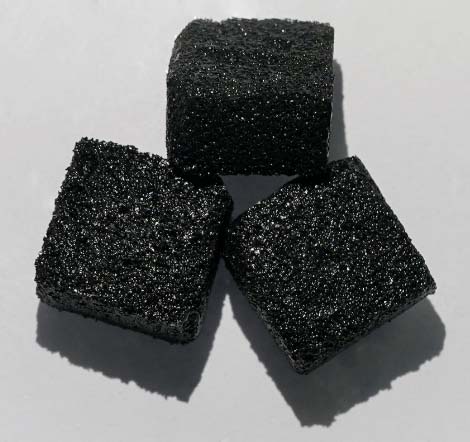
Visualization of photothermal-driven flow
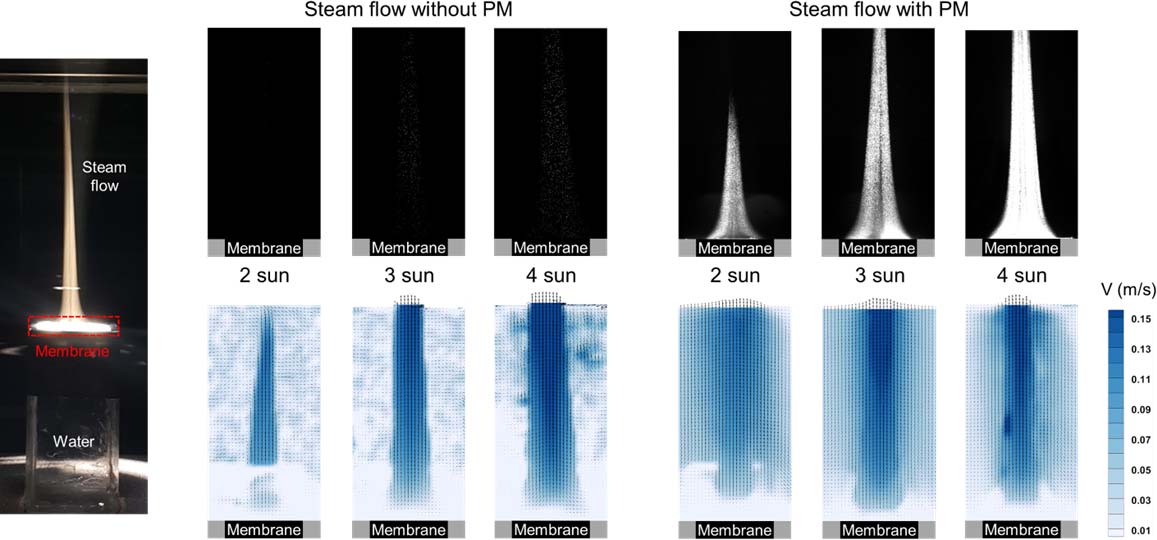
PM removal effect
